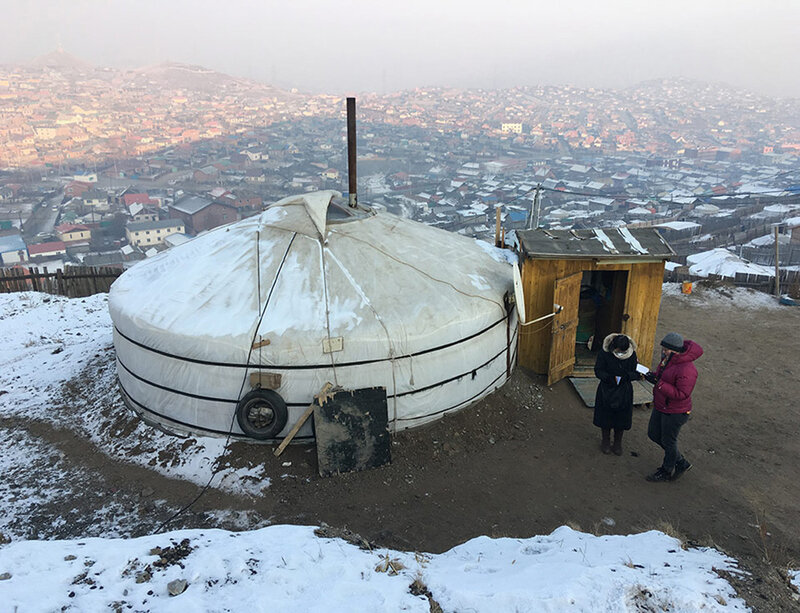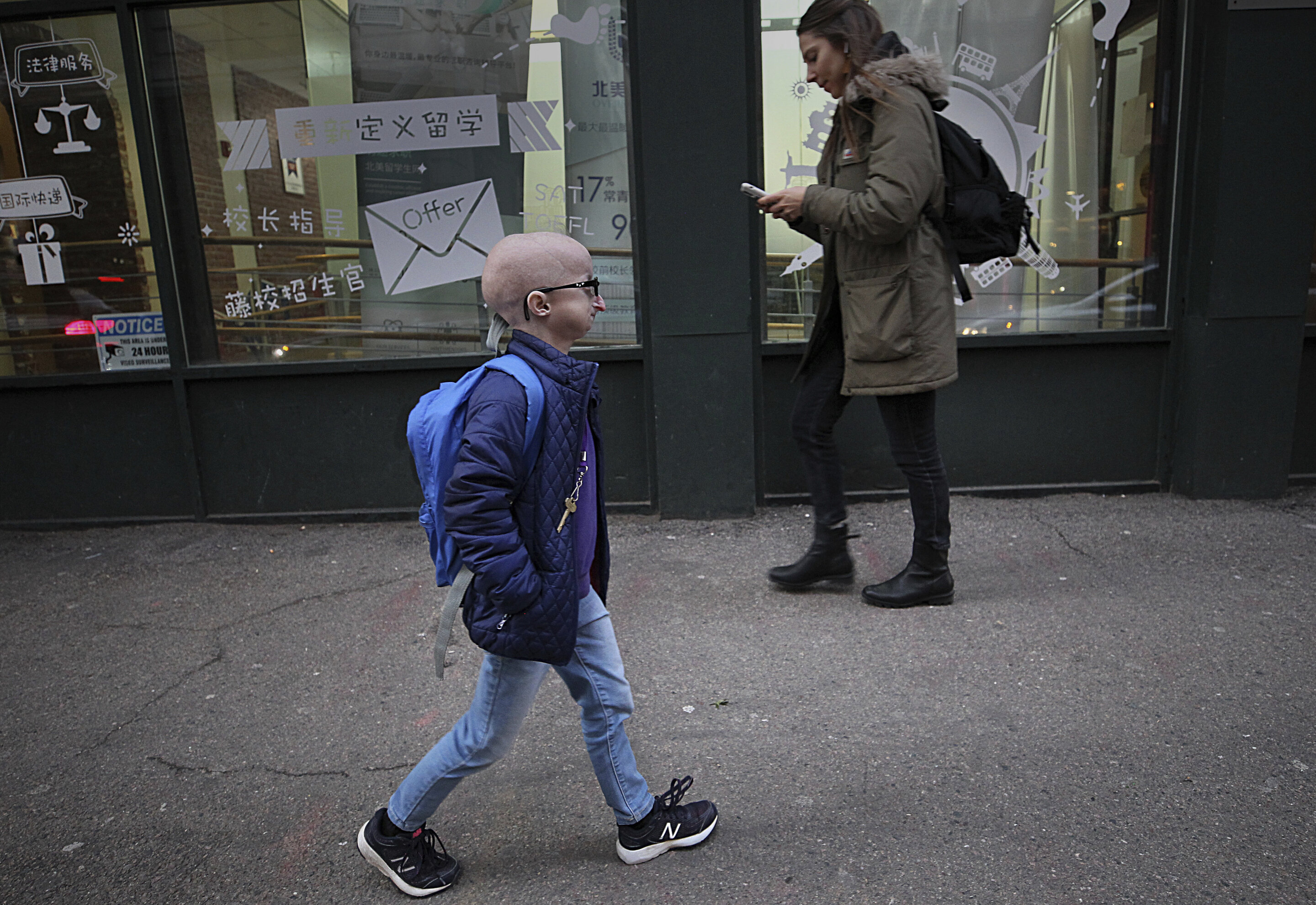#Combatting air pollution in Mongolia

“#Combatting air pollution in Mongolia”

On an average day in Ulaanbaatar, Mongolia, the temperature doesn’t rise above freezing, and in the winter, it often dips to 40 degrees below zero on the Fahrenheit scale. Many Mongolian families, including most of the population of Ulaanbaatar, live in traditional huts called yurts or gers. To stay warm, ger dwellers typically burn raw coal in individual coal stoves, contributing to increasingly dangerous levels of air pollution throughout the city.
Three years ago, the Center for Environmental Building and Design (CEBD) at the Weitzman School of Design joined up with the Mongolian nonprofit GerHub to test out ways of making ger living more energy efficient, in hopes of cutting down on air pollution and reducing respiratory conditions in Ulaanbaatar. That work has since evolved into a series of partnerships with UNICEF Mongolia, UNICEF Office of Innovation, design partners KieranTimberlake, The North Face and Arc’teryx, and research by two Weitzman School faculty, sponsored by the Kleinman Center for Energy Policy, on the long-term prospects of decarbonization in the city. The work has included building gers in Ulaanbaatar and at the Pennovation Center, and monitoring their performance. Last year, with the support of UNICEF, the CEBD tested the efficiency of cooking, heating, and insulation products and services in ger settings in Bayankhongor, 400 miles outside of the capital. UNICEF has just funded a fourth year of work that will focus on taking what the team learned there and applying it in ger buildings in Ulaanbaatar.
“The thing that got everybody to the table is the incredible pollution in Ulaanbaatar,” says Bill Braham, professor of architecture at the Weitzman School and director of the CEBD. In contrast with the leading industrialized countries, there burning coal for residential heating is the main culprit.
One of the team’s objectives, to heat a ger effectively and at a lower cost with electricity rather than coal-burning stoves, is possible, but not without obstacles, says Braham. Mongolian families are accustomed to purchasing fuel with “ready money,” Braham says. Though heating their homes with electricity may save money over the course of a year, families could pay a higher monthly bill—not an easy adjustment. Additionally, it’s often difficult to get gers in the outskirts of Ulaanbaatar connected to the electricity grid. And the grid itself is powered by burning coal as well, producing air pollution and greenhouse gas emissions at a larger scale.
Unravelling the complexity of air pollution in the world’s coldest capital city
www.design.upenn.edu/news/post … r-pollution-mongolia
Citation:
Gers and the grid: Combatting air pollution in Mongolia (2020, November 30)
retrieved 30 November 2020
from https://phys.org/news/2020-11-gers-grid-combatting-air-pollution.html
This document is subject to copyright. Apart from any fair dealing for the purpose of private study or research, no
part may be reproduced without the written permission. The content is provided for information purposes only.
If you liked the article, do not forget to share it with your friends. Follow us on Google News too, click on the star and choose us from your favorites.
For forums sites go to Forum.BuradaBiliyorum.Com
If you want to read more Like this articles, you can visit our Science category.


